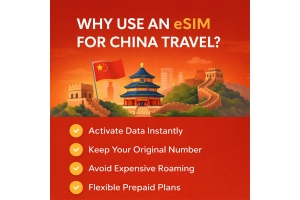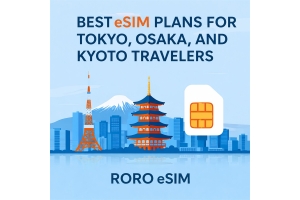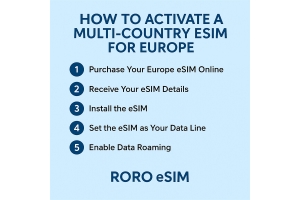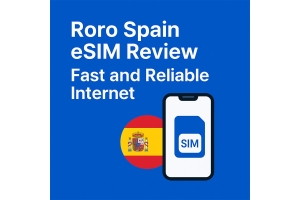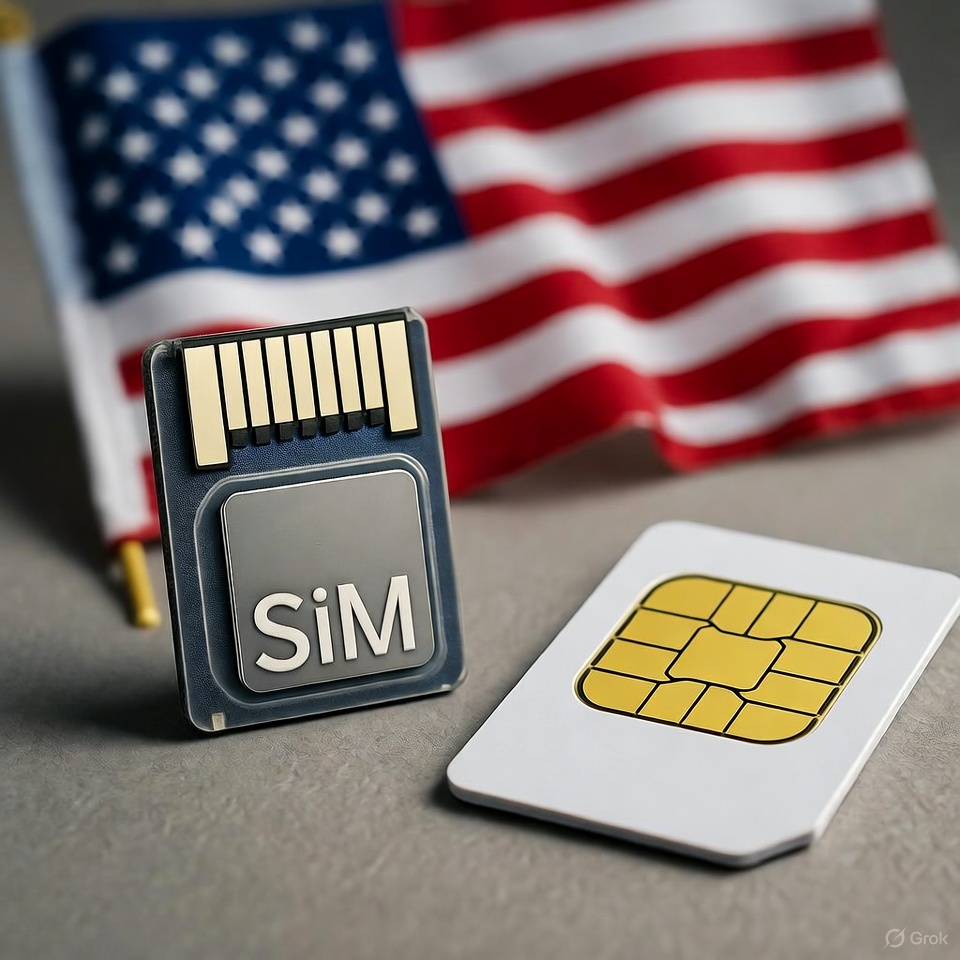
USA eSIM vs Airport SIM Card – Which One Is Better
When traveling to the United States, staying connected is crucial—whether for navigation in New York, booking rides in Las Vegas, or heading to the suburbs of Washington D.C. Two common options for data access are buying a physical SIM card at the airport or using a travel eSIM. This article compares the two and explains why RORO eSIM might offer a better overall experience.
Physical Airport SIM Cards: The Traditional Choice
Pros: You can buy any “traveler SIM” upon arrival at many major US airports.
The physical SIM often includes a local U.S. number, voice & texts, plus data—helpful if you want local calling.
Easy to pick up: you arrive, stand in line at a kiosk, pay and insert the card.
Cons: You must find the kiosk, wait in line, carry the card, and physically swap it.
Your primary SIM (home number) may be inactive for calls/texts unless you have a dual-SIM phone.
Setup may take longer; you might lose time upon arrival.
Data plans may be limited (by GB or speed) and often more expensive than online alternatives.
For multi-device use (hotspot for laptop/tablet), airport SIMs may not perform well or may have high-cost add-ons.
With an eSIM such as RORO eSIM, you purchase your plan online before travel, install it on your device, and activate it once you land in the USA. According to RORO’s U.S. plan page:
Fixed data plans: 1 GB/7 days for US $4; 5 GB/30 days for US $13; up to 50 GB/90 days for US $60.
Unlimited data plans: 2 days for US $9; 7 days for US $29; 30 days for US $78.
Coverage: AT&T & T-Mobile networks, 3G/4G/5G supported. ID registration not required. Hotspot sharing allowed (fixed data share full; unlimited data share up to ~500 MB/day).
Pros of eSIM:
Install ahead of time — arrive ready with data.
No physical SIM swap or queue.
Dual-SIM phones can keep home number active and use eSIM for data.
Often more flexible & cheaper data plans.
Hotspot sharing generally supported in plans like RORO’s.
Cons of eSIM:
Your phone must support eSIM and be unlocked.
You won’t get a new U.S. phone number (usually data-only); voice/text may rely on apps.
If hotspot usage is heavy (many devices or laptop), unlimited plans may still have daily caps (as with RORO’s ~3 GB/day fair-use and 500 MB/day hotspot cap)
Key Decision Factors: Which Fits You Better?
Here’s how to decide: If you’re staying for a short trip (3-5 days) and only بحاجة moderate data (maps, messaging, social media): A physical airport SIM might do the trick—but cost per GB may be higher.
If you are staying a week or more, need reliable data across multiple U.S. states, want hotspot for laptop, or want to keep your home number active: eSIM is likely better—especially something like RORO’s offering.
If you need a full local U.S. phone number (for SMS/voice): Airport SIM may win—but check what the eSIM offers (or rely on VOIP apps).
If your arrival is late, or you prefer arriving connected immediately without searching for a kiosk: The eSIM wins handily.
Why RORO eSIM Stands Out
RORO covers the U.S. with major carriers and offers transparent pricing and activation.
RORO eSIM
No ID registration required, making setup quick and travel-friendly.
Plans include hotspot sharing and top-up capability, so you can manage data mid-trip.
They provide both fixed and unlimited data tiers to match different usage profiles.
Practical Tip: Install Before Travel
Whichever option you pick, installation before arrival is key. If using RORO eSIM: buy the plan, install the QR code on your phone, then once you land in the U.S., activate the plan and start using. Avoid relying on airport WiFi to buy data upon landing.
For most travelers heading to the U.S. in 2025, an eSIM solution like RORO eSIM offers better value, convenience, and flexibility compared to airport SIM cards—especially when data usage is moderate to high, you have a dual-SIM phone, or you want immediate connectivity. If your needs are minimal and you want a local number, an airport SIM may still work—but expect less flexibility and possibly higher cost per gigabyte.

